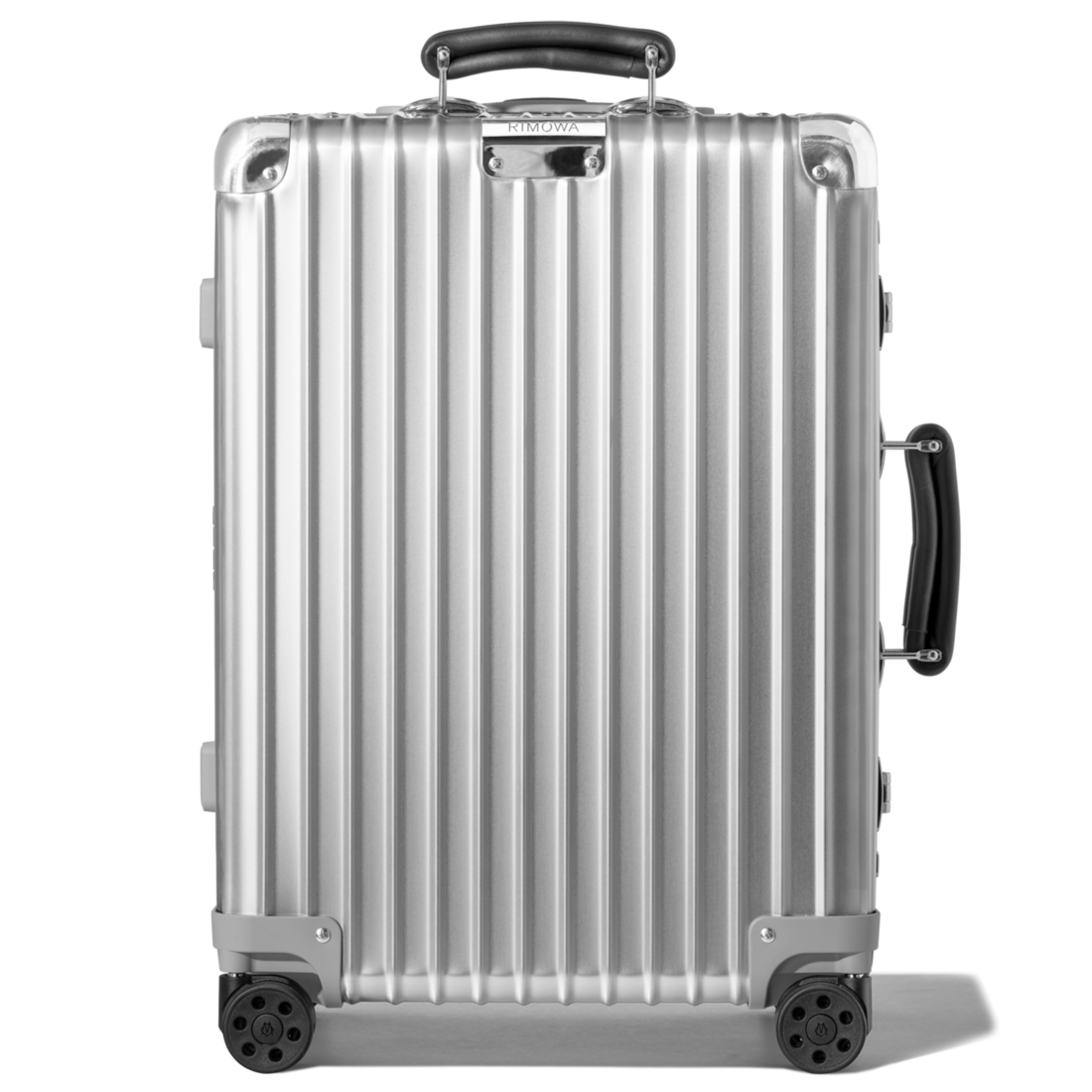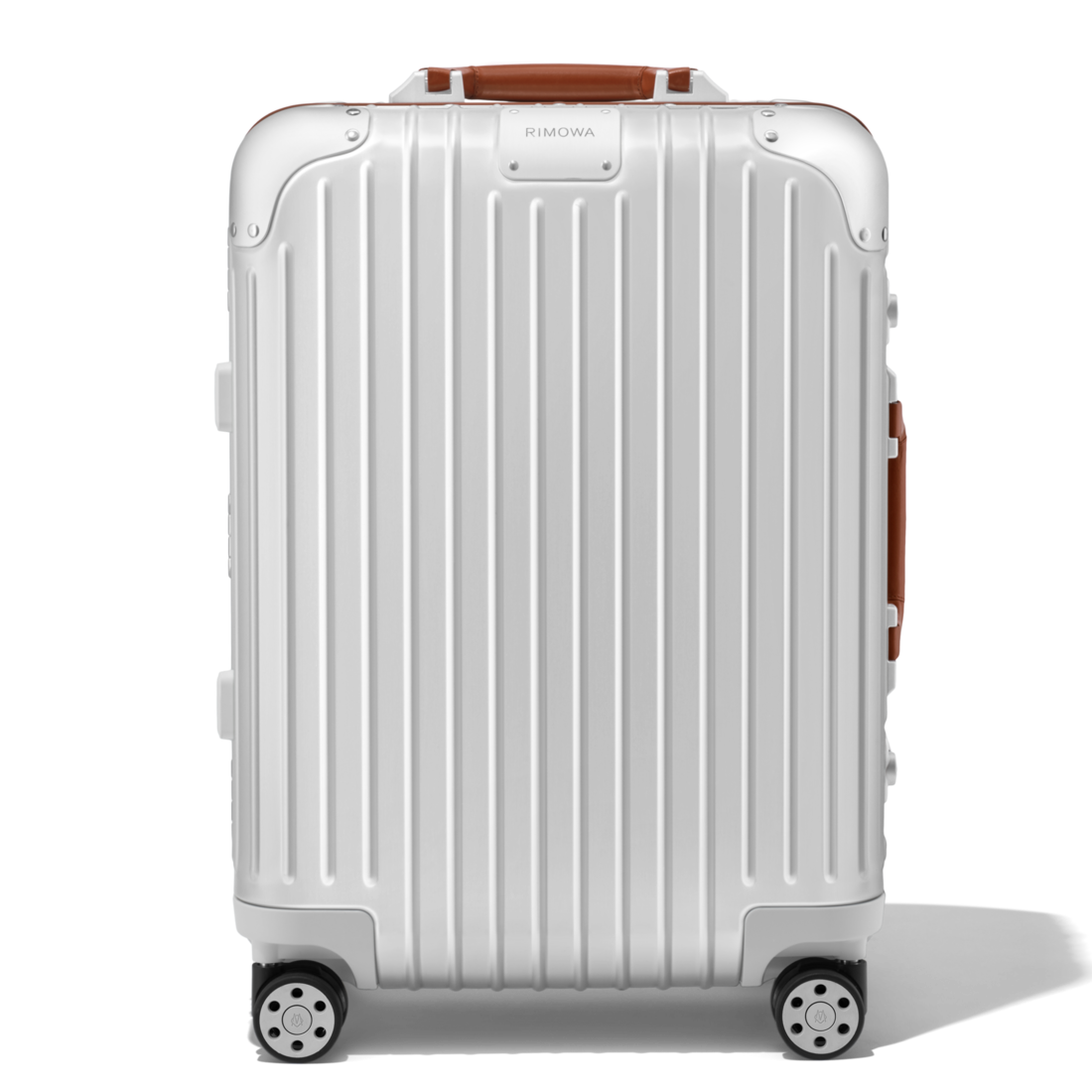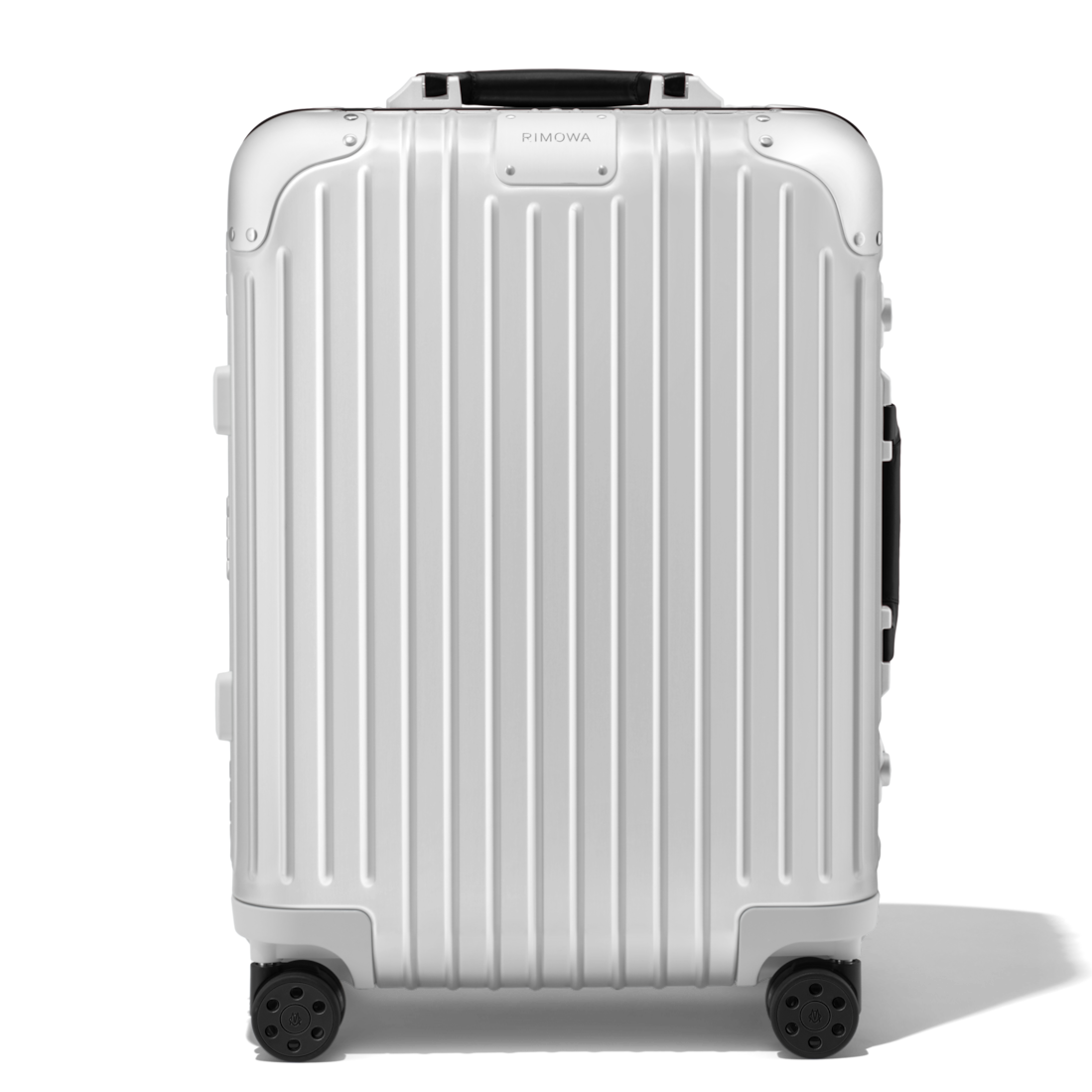Classic Cabin Aluminium Carry-On Suitcase | Silver | RIMOWA
Designed for the most discerning travellers, the RIMOWA Classic Cabin in silver effortlessly combines luxury with functionality.
Designed for the most discerning travellers, the RIMOWA Classic Cabin in silver effortlessly combines luxury with functionality.
Rooted in heritage, each RIMOWA Classic features a high-end anodised aluminium alloy, riveted high-gloss aluminium corners, and hand-made leather handles, creating the perfect balance between craftsmanship and superior engineering. Designed to fit in most airplane overhead compartments, this lightweight aluminium cabin suitcase is ideal for short weekend or business trips of 2-3 days.
Designed and engineered in Germany.
Includes a complimentary leather luggage tag and sticker set.
Key Elements
TSA-Approved Locks
Each of our suitcases features TSA-approved locks that can be opened by security during airline baggage checks without causing any damage.
Flex Divider
Packed items are kept in perfect order during transit with the height adjustable Flex Divider, which can be adapted to suit your belongings.
Multiwheel® System
Pioneered by RIMOWA, this high-end system guarantees stable and effortless steering thanks to ball-bearing mounted wheels with cushioned axels.
Telescopic Handle
Engineered to offer a stageless handle for custom height adjustment and an ergonomic grip with a leather insert on the underside for optimum comfort.
Additional information
| Measurement | 55 x 40 x 23 CM |
|---|---|
| Weight | 4,3 Kg |
| Volume | 36 L |
| Material | Outside : Aluminium |






Reviews
There are no reviews yet.